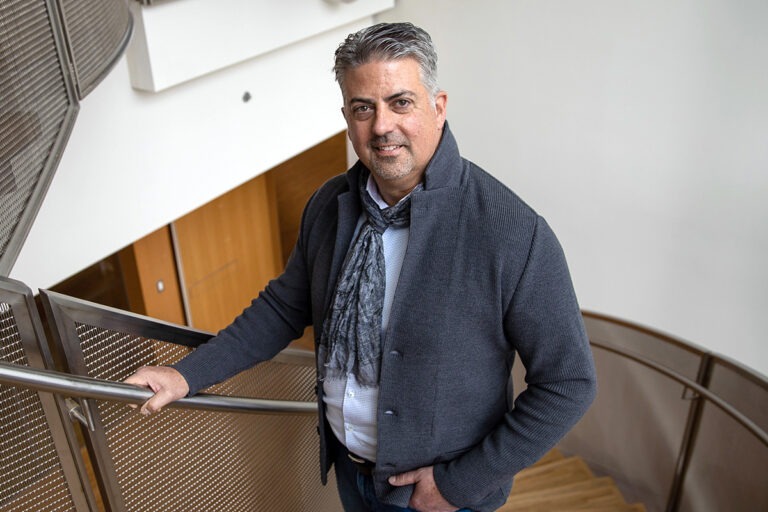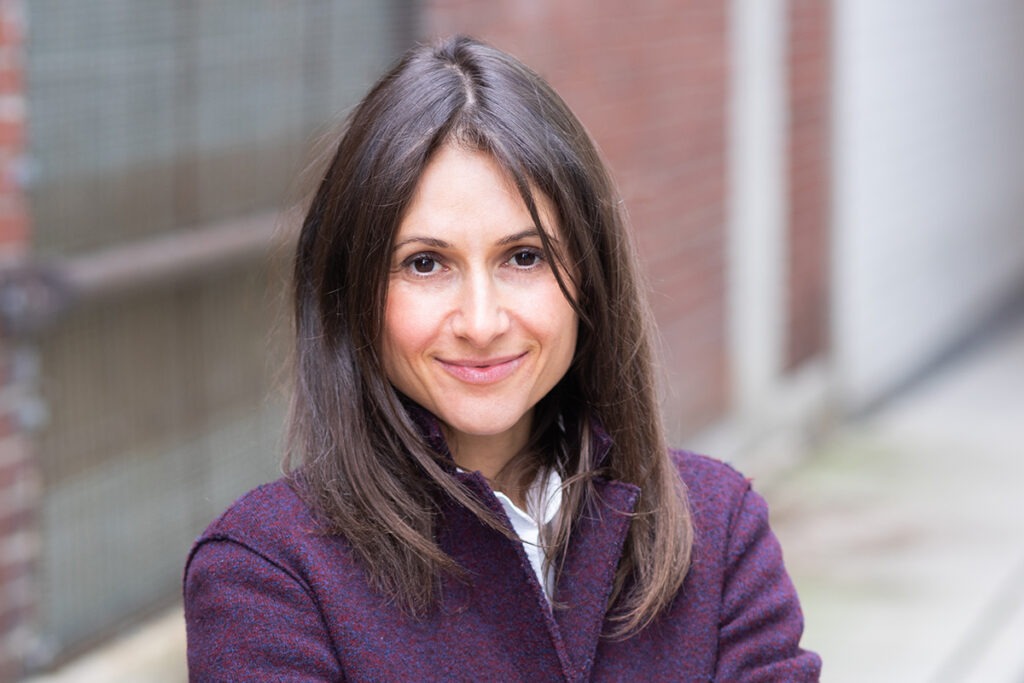As Canada’s largest city panics over a series of random stranger attacks, there is sudden media and political attention on Toronto’s exploding homeless population, especially the homeless who appear to be addicted or mentally ill.
“I have no doubt that these incidents have been taking place, but I think they are being over-reported,” Common Table volunteer Paul Pynchoski told The Catholic Register. “Certain aspects of them are repeated over and over again.”
The Common Table at Redeemer Anglican Church in downtown Toronto functions as a kind of community centre for Toronto’s homeless, providing meals, nursing, a book club, art and craft activities and a warm place to sit and talk.
Whether or not the attackers in nine headline-grabbing instances of stranger violence since Dec. 8 are homeless, or mentally ill, or addicted is mostly unknown. In one of the highest-profile cases, a homeless man, Ken Lee, was killed in an alleged swarming attack by eight teenaged girls between the ages of 13 and 16.
Media focus on the homeless, mentally ill and addicted has been everywhere.
“Are Toronto’s attacks linked to homelessness? Not necessarily,” Toronto Star columnist Bruce Arthur wrote in his Jan. 29 take on the situation. “But we know Toronto closed three of its 23 shelter hotels late in 2022 and plans to close five more in 2023; the pandemic increase in funding that accounts for 30 per cent of shelter beds has dried up.”
On Jan. 28, Toronto Sun columnist Warren Kinsella called Toronto “a scene out of Stanley Kubrick’s dystopian Clockwork Orange” and blamed the deinstitutionalization of the mentally ill.
“We have jettisoned the moral duty we owe those fellow citizens who desperately need psychiatric help. People who were protected, and helped, in psychiatric hospitals,” Kinsell wrote. “We’ve dropped them into the back alleys.”
A dangerous increase in the toxicity of street drugs gets the blame in a Jan. 27 Globe and Mail column by Gary Mason, headlined “Random acts of violence? Better get used to it.”
Toronto Mayor John Tory has dispatched 80 more police officers to patrol the transit system. He has called for a national conference on the issue and told CP24 Breakfast he’s “not timid” about drawing connections between mental health and violence in public places.
Tory’s plan also adds security guards and “Community Safety Ambassadors” working in the TTC system who are directed to deal with the city’s homeless population.
The mayor is pushing to add $48.3 million to Toronto’s police budget to cover about 200 more officers and programs addressing youth violence. The actual link between mental illness, homelessness and violence may not be so straightforward, pointed out psychiatrist Jack Haggarty. People suffering psychosis are at times a risk to others, he said.
“But they actually die from other causes 15 years earlier than the average person, and they have a higher risk of actually being victimized by others,” Haggarty told The Catholic Register.
Their treatment at the hands of others, their vulnerability to physical ailments and the risk of suicide make the mentally ill on the street vulnerable. A media picture of the homeless as a threat to the rest of us bothers Pynchoski, who leads a book club for the homeless.
“I don’t think the media is intentionally doing this, but I think we’re being pushed toward, ‘Oh God, we have to get tough on crime,’” he said. “It’s not a response of ‘What are the needs that are not being met here?’ We want to deal with the symptoms but we never want to deal with the problem.”
Just before the drumbeat of violent incidents grabbed the spotlight, Toronto’s Catholic hospital system put out a note to the city about how they’re dealing with the problem of Toronto’s 8,000 to 10,000 homeless people.
“We are seeing an increasing number of people with cold-related injuries. Routinely, we care for people who are homeless and suffering direct complications of cold weather: hypothermia, frostbite, swelling and infections, and exacerbation of pre-existing conditions,” said the Jan. 17 note on the Unity Health website. “We also see patients who require medical assistance because of the strategies used to survive outside in unpredictable weather. These include injuries from sleeping in unsafe areas or overdoses from substance use. We are also seeing many unhoused patients coming into our emergency departments simply looking for a space to shelter.”
Hospitals can’t solve Toronto’s homelessness problem, said St. Michael’s Hospital research scientist Dr. Stephen Hwang, an internationally renowned expert on health and homelessness.
“There’s no sense in which the health care system, or hospitals, can solve homelessness,” he told The Catholic Register.
“What we’re seeing is that the failures and gaps in our system are causing people to end up on the doorstep of our hospitals. Hospitals are simply the place of last resort for many people.”
Looking at a problem that has spread and deepened decade after decade since the 1980s, Hwang does not believe Toronto or Canada should just resign itself to the inevitability of tent cities, people in sleeping bags on city streets, open drug use on the subway and thousands in the shelter system with no way out.
“This is a problem that is definitely solvable. We didn’t get into this situation in months, or just 15 years,” said Hwang. “It’s been a problem that’s been building for a long time. It’s going to take us a while to turn this ship around, but it is possible to do so.”
Hwang’s prescription for a solution begins with an honest look at the problem. Even if many homeless people are obviously mentally ill or addicted or both, homelessness is not primarily a mental health issue, he said.



